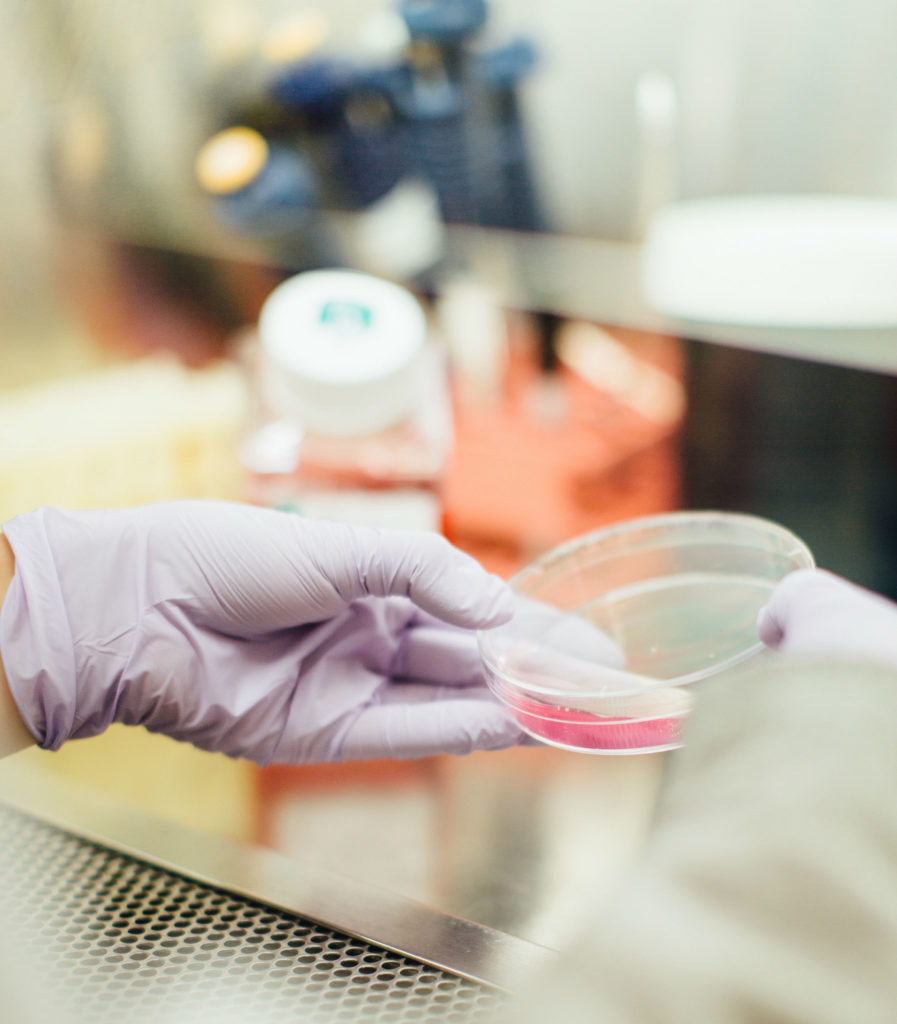
Deodorant and antiperspirant - what do they really contain and how the hell do they actually work?
Beaut's new science expert Dr Regina Kelly, Beaut's new Science Editor, is a Science Educator and a Dean’s Postdoctoral Fellow in STEM Education at EPI*STEM, the National Centre of STEM Education, School of Education, Faculty of Education and Health Sciences, University of Limerick. Here she explains the science behind deodorant.
For many, their morning ritual would not be complete without a spritz of deodorant. Natural deodorant has gained popularity but many are still sticking to the old familiar chemical option. But, when you take a look at the back of your favourite aerosol or roll-on, you tend to see a paragraph-long list of ingredients.
Pharmacist Una Smyth explains that most of the lengthy named ingredients in deodorants and antiperspirants can be categorised into the following groups:
Aluminium
Aluminium salts are the active ingredient in antiperspirants. Aluminium chlorohydrate is one of the most commonly used, but a number of others can also be employed. They have the ability to plug up sweat ducts and temporarily stop the flow of moisture to the skin. However, over time, this plug slowly breaks down, which is why the effect of antiperspirants isn’t permanent, and they have to be re-applied. This quality is what differentiates antiperspirants from deodorants.
Silicones
Silicones add a soft and silky feel to products. In deodorants and antiperspirants, silicones are used as a solvent which allows the antiperspirant to carry ingredients to the skin without leaving it 'tacky'. A common silicone in liquid aerosols is Cyclomethicone.

Alcohol
Similar to silicones, alcohol can be used as a solvent to dissolve active ingredients of a product. Alcohol can also act as an antibacterial; however, they tend to irritate the skin. Many alcohol ingredient names can be recognised by "ol" at the end of the word. e.g. eugenol, phenoxyethanol.
Emollient
Advertised
An emollient is mixed into solid ingredients to allow deodorants and antiperspirant to roll on smoothly. Emollients also keep the product from flaking once it dries on your skin. Common examples include paraffinum and liquidum.
Fragrances
Perfumes and fragrances are used in most deodorants and antiperspirants in order to mask body odour. They contribute little functionality to the product. There are any number of these and they tend to be at the end of the list of ingredients e.g. geraniol, hexyl cinnamal, limonene.
Antibacterials
Sweat is practically odourless. The smell is the result of bacteria breaking down protein into acids. Warm moist sweat is the perfect breeding ground of bacteria. By lowering the number of bacteria on the skin, body odour can also be reduced. Antimicrobials destroy or suppress the growth of harmful microorganisms so that you stay odour-free for longer. Examples of these can vary from natural salts or baking soda to more chemically developed e.g. triclosan.
Propellants
Aerosols are designed to turn your liquid antiperspirant and deodorant into a finely dispersed mist. Products contain propellants which produce a strong spray. The propellants then disappear into the air, leaving behind the product. These propellants are commonly butane, isobutane and propane.
Choosing the Right Product
How well a product works for you depends on many factors, including its ingredients and the strength of those ingredients.
If you have sensitive skin, you may do best with an unscented product. It will still contain all the bacteria-fighting ingredients you need to prevent bad odours. Beware - 'natural' deodorants may contain alcohol and this can irritate sensitive skin, especially after shaving.
Advertised
Aluminium-free deodorants are becoming increasingly popular as it’s widely believed that the absorption of aluminium through the underarm can lead to breast cancer. However, there are no scientific studies to support these claims. That said, you may want to eliminate unnecessary chemicals being applied to your body. There are options available that are free from parabens, aluminium, synthetic fragrances available from most pharmacies and health shops.
If you find you sweat excessively, stronger antiperspirants are available from pharmacies. These products contain a stronger aluminium salt to stop sweat being produced for days, rather than hours. These antiperspirants are usually used infrequently during stressful days (wedding, presentations etc.)



